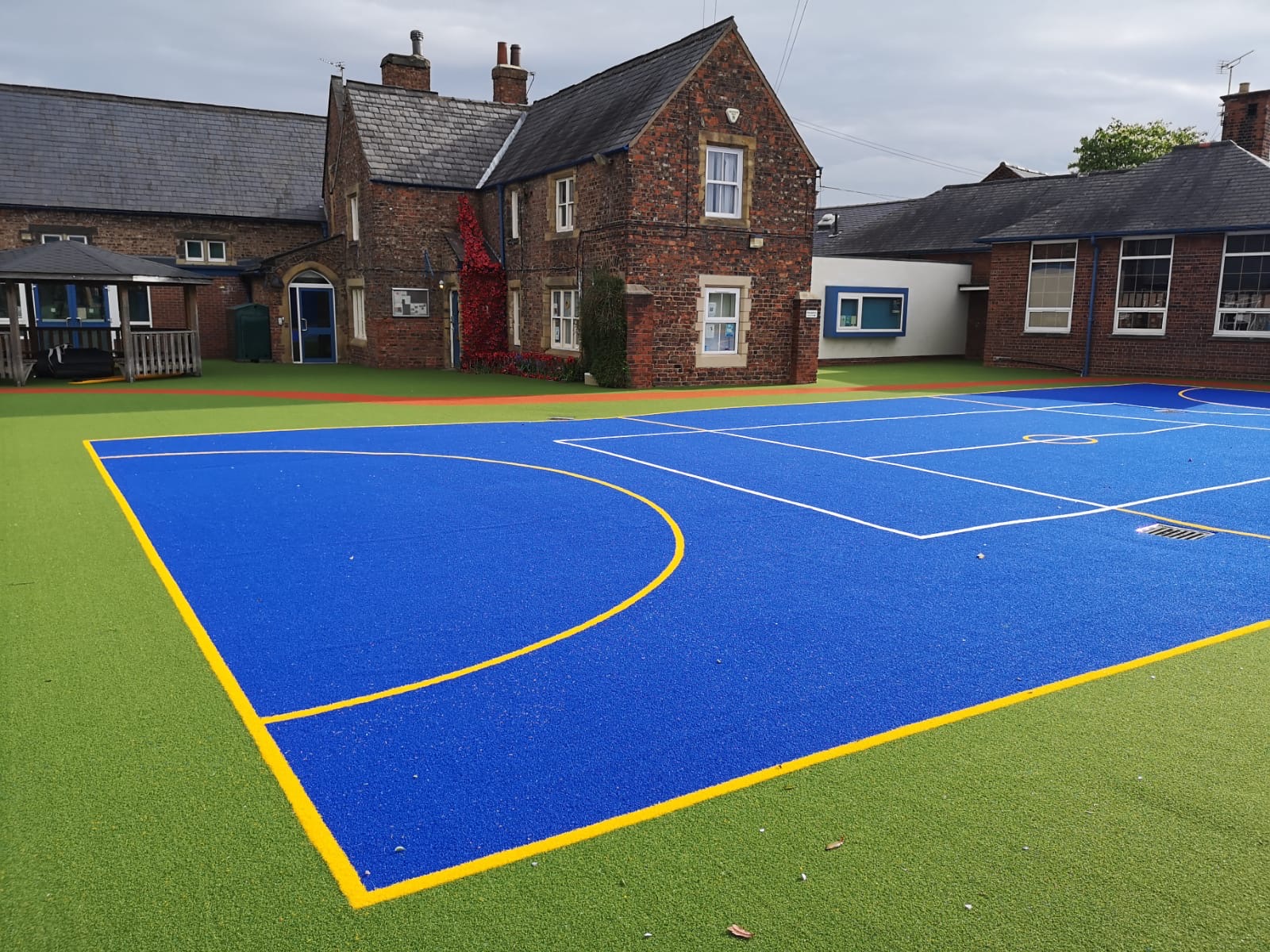- About
- Services
- Play
- Sport
- Case Studies
- News
- Contact
- Pitchbuilder
Multi-Use Games Areas (MUGAs) are an increasingly popular choice for outdoor sport and recreational activities. As such, they must be properly designed and constructed to ensure maximum safety and user satisfaction.
Unfortunately, many MUGAs fail to meet these standards due to common mistakes made in the design process. This article will explore the most frequent errors when constructing a MUGA, as well as how to avoid them so that users can get the highest quality experience possible.
This article is for anyone looking to build or maintain an maximise a Multi-Use Games Area, from planners through to engineers. It provides readers with a comprehensive overview of the various pitfalls associated with creating a safe environment for sports, leisure and recreation purposes.
By taking into account this guidance on common mistakes surrounding MUGAs, readers should have all the information necessary to create a successful product that meets their desired outcome.
MUGAs are an increasingly popular choice for providing a reliable, cost-effective power source. As such, it is important to take into account certain design considerations when installing and maintaining muga systems.
The most basic precaution that must be taken when dealing with MUGAs is to ensure the system has been designed in accordance with industry standards and local regulations. This includes verifying all wiring connections are securely affixed, checking any type of protection devices have been installed correctly, and ensuring all components used comply with necessary safety requirements.
Additionally, special attention should be paid to selecting appropriate enclosures to protect the system from hazardous elements present in the environment.
In order to optimize performance and reliability, proper maintenance procedures must also be put into place. This includes regularly inspecting the system components for signs of damage or wear and tear, monitoring voltage levels throughout the system on a regular basis, testing each component’s functionality independently at least once per year, cleaning dirt and debris from around the enclosure as needed, and replacing any damaged parts promptly.
All these actions will help reduce downtime by preventing malfunctions before they occur.
Surfacing and Drainage for MUGAs is a critical component of the design process. It requires careful consideration to ensure that all runoff water is efficiently directed away from the playing surface, and that the field remains playable during wet periods. Poor drainage can lead to significant issues with playability not just during rain events but also in times when there are high levels of humidity or dew.
When designing an effective drainage system for a MUGA, it’s important to properly assess soil type, slope direction, and climate conditions prior to selecting materials and installation techniques. For example, sandy soils may require different treatment than clay soils due to their natural infiltration properties. Additionally, proper depths must be taken into account as shallow systems often fail under heavy rainfall conditions which leads to excessive standing water on the playing surface.
Finally, sand or gravel layers should be installed at specific depths throughout the entire playing area so excess water can drain quickly without saturating any particular areas more than others. Once these key considerations have been addressed correctly, then additional techniques such as using perforated pipes along with filter fabric liners can be employed to ensure optimal performance of the MUGA's drainage system over time. This combination of engineering practices allows for maximum efficiency while minimizing cost and disruption caused by construction activities.
Careful attention needs to be paid throughout this process in order to guarantee that no problems arise in regards to moisture management once operations begin. With diligent planning and execution, MUGA owners can rest assured knowing they have selected a reliable solution that will serve its purpose well into the future.

In order to ensure a successful MUGA implementation, the selection of equipment is essential. Understanding the features and performance ratings of all components that comprise the system will determine its efficacy in delivering high-quality output. With this in mind, it is important for MUGA specialists to take into consideration factors such as availability, maintenance requirements and cost when selecting appropriate equipment.
The choice between mechanical or hydraulic systems should be based on individual site conditions, with an emphasis placed on those components which are best suited to withstand the particular location's physical environment. Aspects such as temperature extremes, humidity levels, power source type and accessibility should also be taken into account when making decisions about what kind of equipment should be deployed.
In addition, operators must consider whether their chosen system can meet their overall project goals both now and in the future.
When examining potential suppliers for MUGA technology, it is necessary to assess each one’s ability to provide robust solutions that match your specific needs. This means ensuring they have a comprehensive understanding of industry standards and regulations; including any governing bodies that may need approval before installation can commence.
Additionally, technical support services available from prospective vendors should be considered when evaluating suitability for purpose. It is imperative that these facets are thoroughly explored prior to committing resources towards purchase of goods or services required for successful MUGA operations.
MUGAs can be a great addition to any outdoor space, but they come with several common mistakes that must be avoided.
With careful preparation and the right selection of equipment, MUGA systems can easily become an enjoyable part of your landscape. By following these recommendations, one can ensure the most successful installation possible.
It is essential for anyone installing a MUGA system to consider the design elements carefully; this includes surveying the site properly and ensuring adequate drainage solutions are in place before beginning construction.
Additionally, selecting high-quality materials and appropriate equipment will help make the installation process easier and more cost effective. Ultimately, by avoiding some of the common pitfalls associated with MUGA installations, one can guarantee long-term satisfaction from their project.